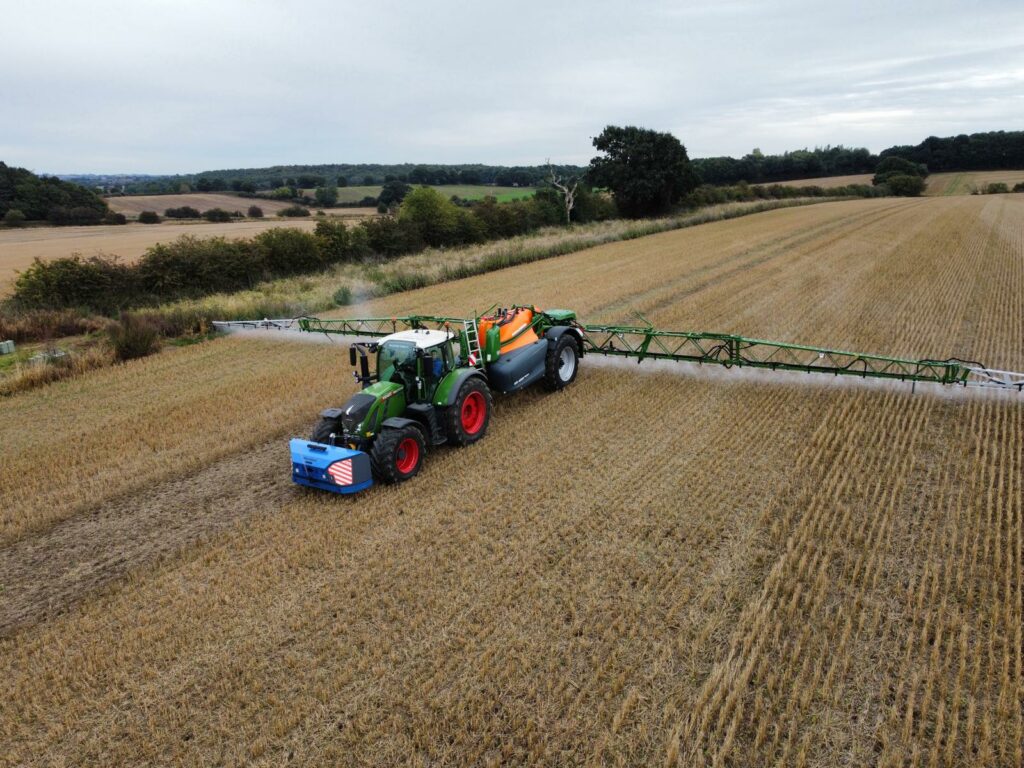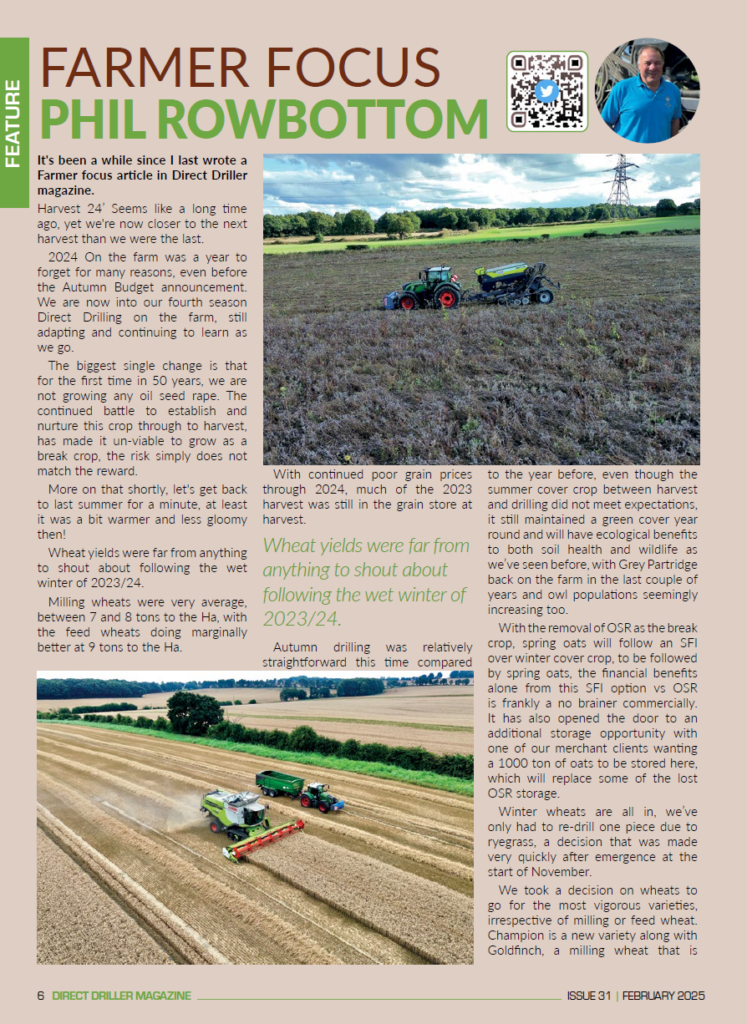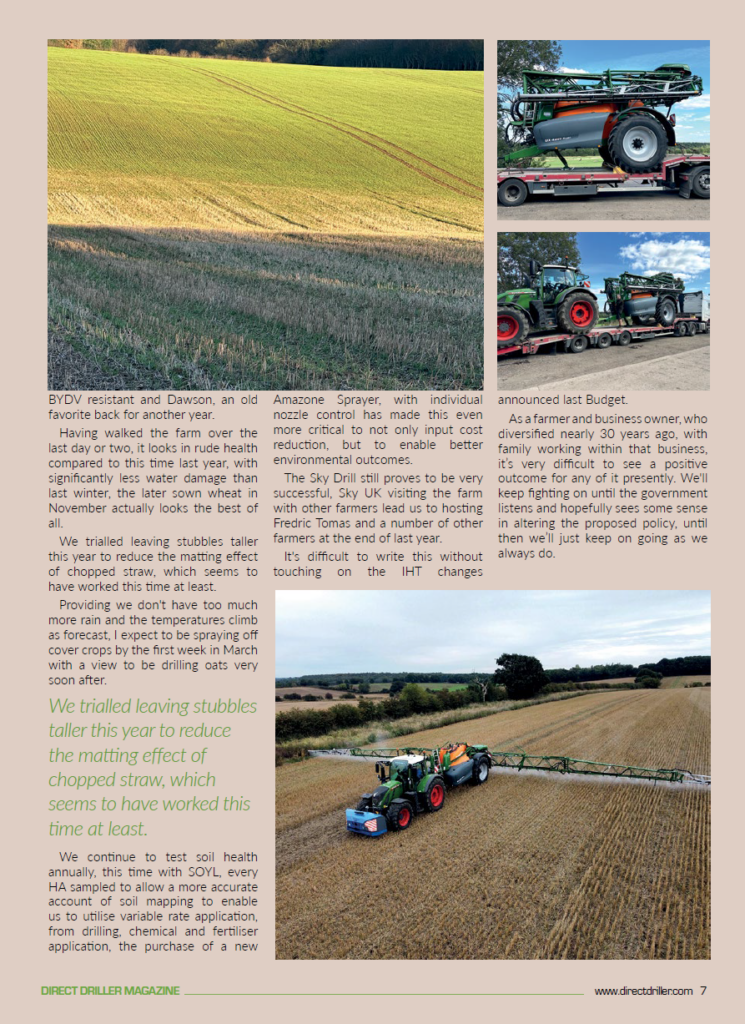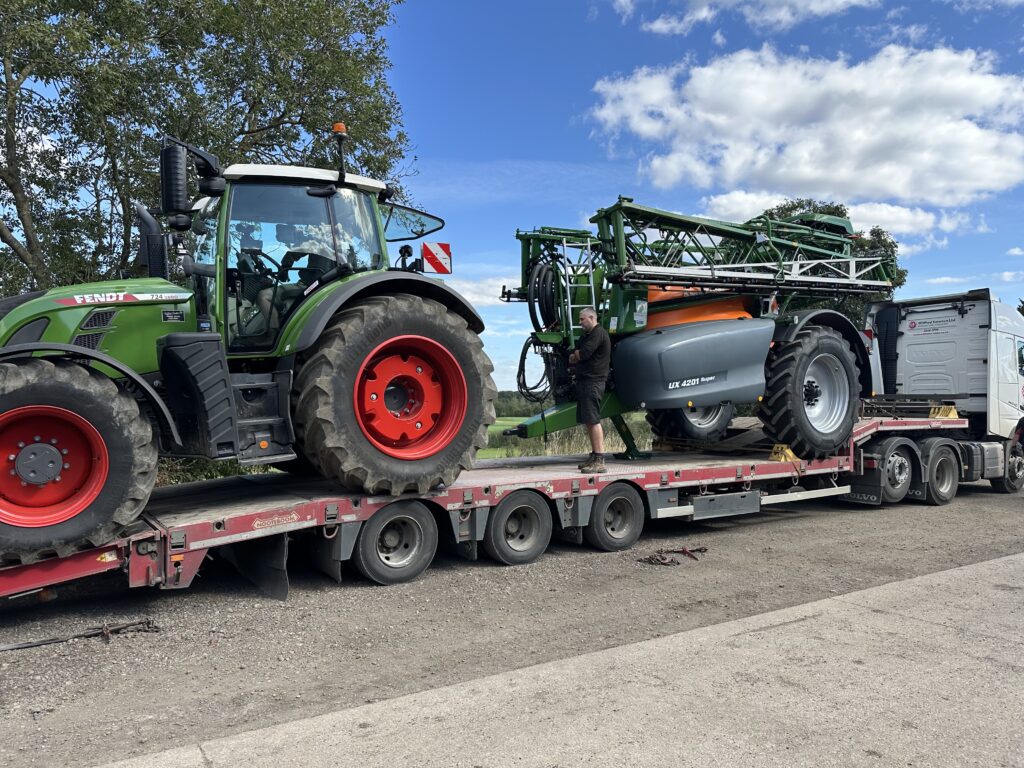Jan 2025
It’s been a while since I last wrote a Farmer focus article in Direct Driller magazine.
Harvest 24’ Seems like a long time ago, yet we’re now closer to the next harvest than we were the last.
2024 On the farm was a year to forget for many reasons, even before the Autumn Budget announcement. We are now into our fourth season Direct Drilling on the farm, still adapting and continuing to learn as we go.
The biggest single change is that for the first time in 50 years, we are not growing any oil seed rape. The continued battle to establish and nurture this crop through to harvest, has made it un-viable to grow as a break crop, the risk simply does not match the reward.
More on that shortly, let’s get back to last summer for a minute, at least it was a bit warmer and less gloomy then!
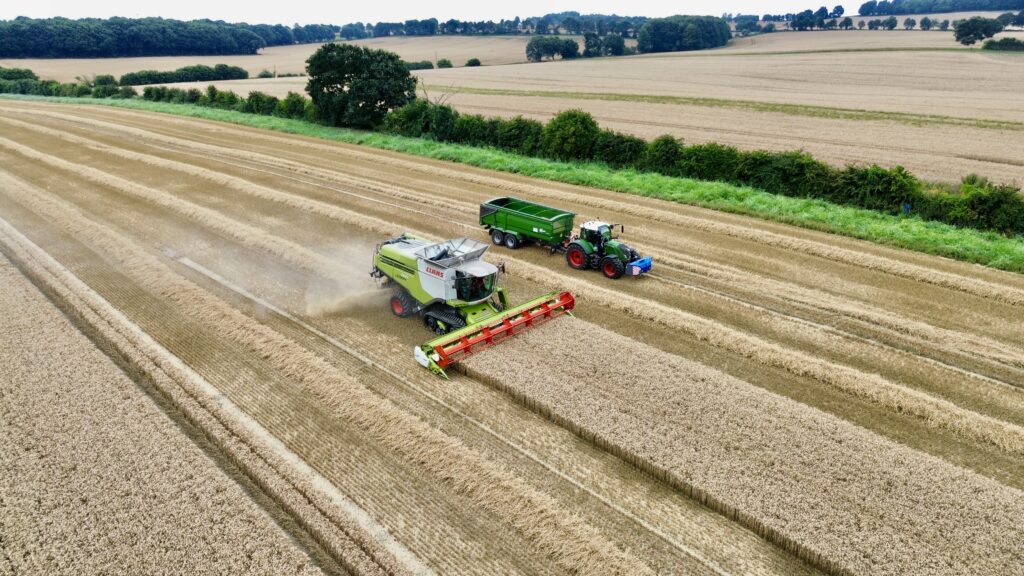
Wheat yields were far from anything to shout about following the wet winter of 2023/24.
Milling wheats were very average, between 7 and 8 tons to the Ha, with the feed wheats doing marginally better at 9 tons to the Ha.
With continued poor grain prices through 2024, much of the 2023 harvest was still in the grain store at harvest.
Autumn drilling was relatively straightforward this time compared to the year before, even though the summer cover crop between harvest and drilling did not meet expectations, it still maintained a green cover year round and will have ecological benefits to both soil health and wildlife as we’ve seen before, with Grey Partridge back on the farm in the last couple of years and owl populations seemingly increasing too.
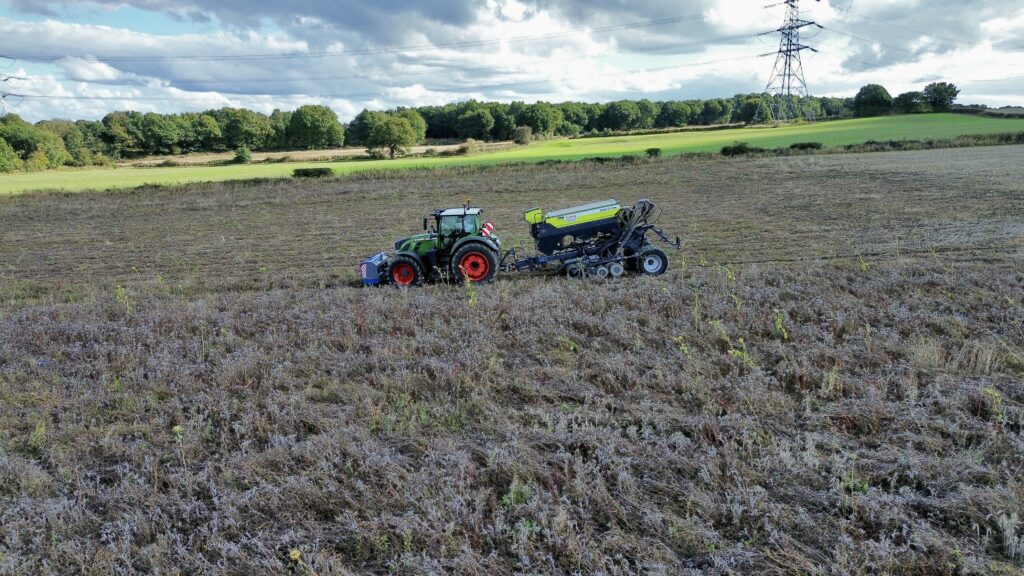
With the removal of OSR as the break crop, spring oats will follow an SFI over winter cover crop, to be followed by spring oats, the financial benefits alone from this SFI option vs OSR is frankly a no brainer commercially. It has also opened the door to an additional storage opportunity with one of our merchant clients wanting a 1000 ton of oats to be stored here, which will replace some of the lost OSR storage.
Winter wheats are all in, we’ve only had to re-drill one piece due to ryegrass, a decision that was made very quickly after emergence at the start of November.
We took a decision on wheats to go for the most vigorous varieties, irrespective of milling or feed wheat. Champion is a new variety along with Goldfinch, a milling wheat that is BYDV resistant and Dawson, an old favorite back for another year.
Having walked the farm over the last day or two, it looks in rude health compared to this time last year, with significantly less water damage than last winter, the later sown wheat in November actually looks the best of all.
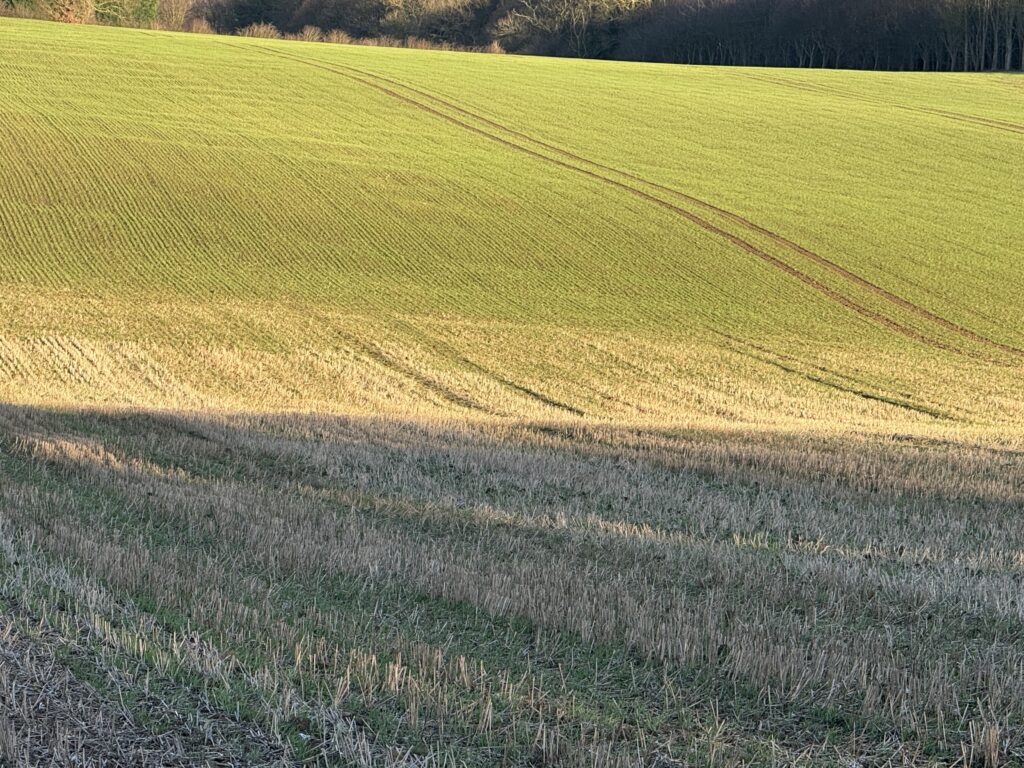
We trialled leaving stubbles taller this year to reduce the matting effect of chopped straw, which seems to have worked this time at least.
Providing we don’t have too much more rain and the temperatures climb as forecast, I expect to be spraying off cover crops by the first week in March with a view to be drilling oats very soon after.
We continue to test soil health annually, this time with SOYL, every HA sampled to allow a more accurate account of soil mapping to enable us to utilise variable rate application, from drilling, chemical and fertiliser application, the purchase of a new Amazone Sprayer, with individual nozzle control has made this even more critical to not only input cost reduction, but to enable better environmental outcomes.
The Sky Drill still proves to be very successful, Sky UK visiting the farm with other farmers lead us to hosting Fredric Tomas and a number of other farmers at the end of last year.
It’s difficult to write this without touching on the IHT changes announced last Budget.
As a farmer and business owner, who diversified nearly 30 years ago, with family working within that business, it’s very difficult to see a positive outcome for any of it presently. We’ll keep fighting on until the government listens and hopefully sees some sense in altering the proposed policy, until then we’ll just keep on going as we always do.
